Top 5 New Cybersecurity Trends to Dominate in 2025
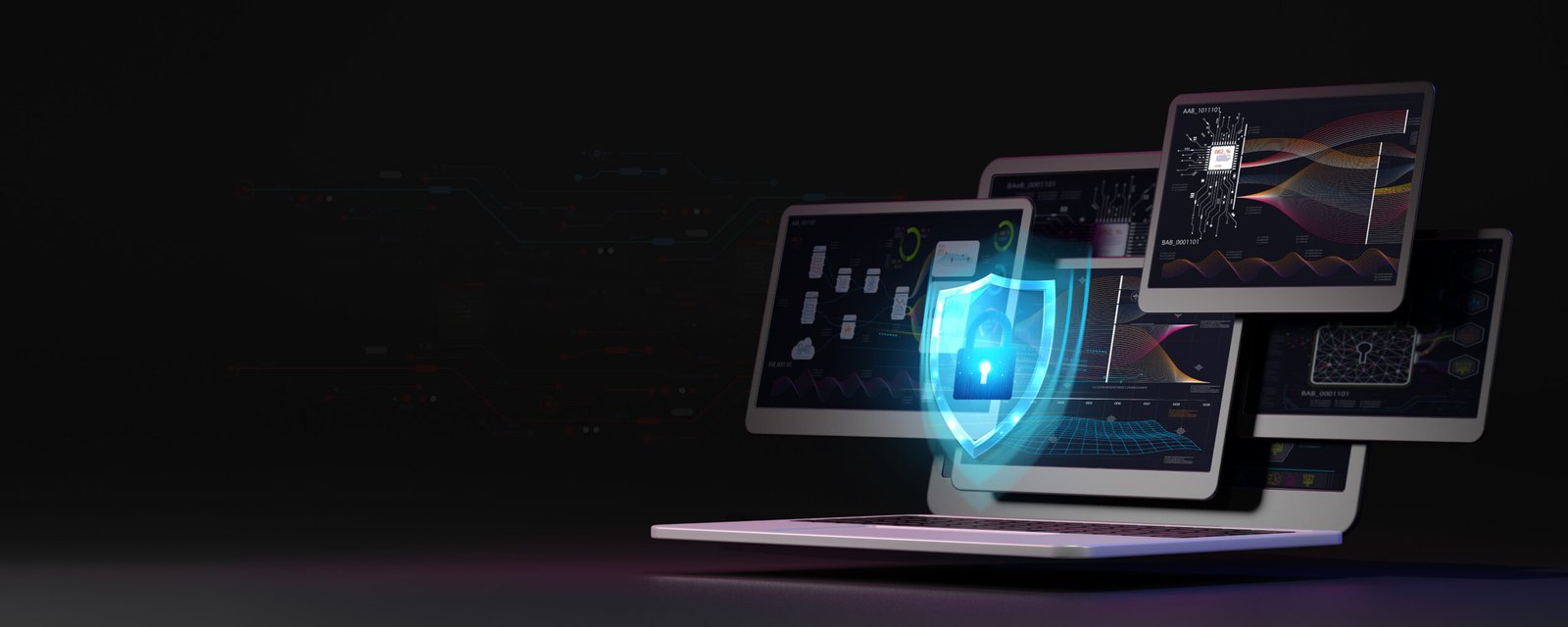
INTRODUCTION
Top 5 Emerging Cybersecurity Trends that will Dominate in 2025: An In-Depth Guide
Entering 2025, the world of cybersecurity evolves with the speed of rapidly emerging technology and sophisticated cyber attacks. Organizations and businesses are constantly searching for new ways to protect their data, infrastructure, and digital assets from rapidly emerging and advanced attacks. In this comprehensive guide, we’ll be talking about the Top 5 Latest Cybersecurity Trends to Learn in 2025. These trends will shape the future of cybersecurity and provide businesses with the means to stay ahead of cybercriminals.
1. AI and Machine Learning for Threat Detection
The marriage of Machine Learning (ML) and Artificial Intelligence (AI) into cyber security is no longer a science fiction movie script. AI and ML are already taking the lead in identifying, investigating, and responding to cyber threats. Cyber attackers get wiser by the day, and AI and ML get better at delivering innovative solutions that can detect, identify, and react to threats in real-time.
Why AI and ML Are Most Important to Cybersecurity in 2025
The advent of AI-driven cybersecurity solutions is a game changer, allowing organizations to scan through vast amounts of data and detect anomalies at a speed and accuracy not possible by any human analyst. Some of the ways AI and ML are transforming cybersecurity include:
Advanced Threat Detection: AI and ML algorithms can scan through massive data sets and detect patterns that could potentially be a threat, i.e., malware or ransomware. They can also detect unusual behavior in the network, which is any variation from normal behavior even if unknown.
Predictive Analytics: One of the largest advantages of AI is that it can learn from the past. With its predictive power, AI can anticipate potential threats and take countermeasures even before they come into causative action. For example, AI tools can forecast phishing attacks based on trends in previous campaigns.
Automated Response: AI can be used for automatic response to identified threats, i.e., blocking a suspected IP address or quarantining a hijacked system. This is a faster response to incidents, lessening the chances of a full breach.
AI and ML will be more mature and more integrated into security systems in 2025, allowing organizations to identify and neutralize threats before they turn into serious incidents.

2. Micro-Segmentation and Zero Trust Architecture (ZTA)
With more companies adopting remote work, cloud services, and third-party applications, the old perimeter defense-based security models are no longer adequate. Zero Trust Architecture (ZTA) is the new mandated cybersecurity model for the digital age. Zero Trust doesn’t care about anyone, both within and outside the network, being trusted by default. Continuous verification and draconian access controls need to be imposed on all users, devices, and applications trying to access the network.
Why Zero Trust Will Be Crucial in 2025
Zero Trust will be at the forefront of cybersecurity in 2025, particularly as companies continue to adopt cloud infrastructure and remote work. Here’s why:
No Implicit Trust: In a Zero Trust solution, everything is a threat that is both within and outside of the network. Instead of trusting devices depending upon where they’re located in the network (such as behind a firewall), ZTA calls for robust access controls where only properly authenticated and approved users should have access to high-value assets.
Micro-Segmentation: Micro-segmentation is a technique that ZTA relies on, which segments the network into isolated, smaller pieces. This method inhibits the attackers’ lateral motion within the network. An example is that if a hacker accesses a single segment, it is impossible for them to roam around other parts of the system unless they are authenticated again.
Continuous Monitoring: Zero Trust not only authenticates the users when they come in but also continuously monitors their behavior for any signs of malicious intent. Zero Trust is thus harder for cybercriminals to bypass security once within the network.
More companies will embrace Zero Trust in 2025 to enhance their cybersecurity reputation, especially because threats are becoming more dynamic and less predictable.
3. Quantum-Resistant Cryptography
Perhaps the most perilous threat on the horizon is the advent of quantum computing. Quantum computers can potentially break standard encryption algorithms, such as RSA and ECC, since it is computationally infeasible to factor large numbers. With more widespread use of quantum computing, those algorithms will be obsolete, and security of the data would be in grave jeopardy.

As technology continues to evolve, organizations will be compelled to implement quantum-resistant cryptography to secure sensitive information from upcoming threats. This is how:
Shattering Classical Encryption: Quantum computers can shatter classical encryption algorithms with quantum algorithms, like Shor’s algorithm.These are being standardized by organizations such as NIST to provide long-term security for data.
Long-term Data Security: The majority of organizations retain sensitive data for decades. Protecting that data even several decades down the line is critical. Since quantum computing could potentially break today’s encryption techniques in the future, using quantum-resistant encryption ensures that data will remain secure even once quantum computers arrive.
Compliance with Future Standards: By 2025, we will witness future rules compelling those industries dealing with sensitive information, including finance, healthcare, and government, to implement quantum-resistant cryptography.
Quantum-resistant cryptography will form the backbone of cybersecurity practices by 2025, helping organizations predict the future of computing.
4. 5G Security Challenges
The use of 5G networks holds promise and potential for risks as far as cybersecurity is concerned. 5G provides quicker speeds, greater bandwidth, and greater devices, but it also expands the attack surface, and defending against cyberattacks is more challenging. When companies begin using 5G technology, they must remember the security risks.
Why 5G Security Will Be a Major Focus in 2025
With the advent of 5G, there are new security threats that must be addressed to ensure security and privacy for business and customers. The reasons why 5G security will be crucial in 2025 are:
Growing Attack Surface: 5G will enable a huge number of devices to be interconnected, from IoT sensors to autonomous vehicles. It is an exciting new possibility but one that increases exposure to cyberattacks. Securing these devices and having them converse safely on the 5G network will be a big challenge.
Supply Chain Threats: 5G infrastructure necessitates intricate networks that rely on third-party vendors.It will be important to enforce that vendors of 5G comply rigidly with cybersecurity protocols.
Security in Network Slices: Network slicing will also be facilitated by 5G, and multiple virtual networks for different applications will be created. Securing every slice from possible attacks to prevent lateral attack and quarantine infected network segments will become the need of the hour.
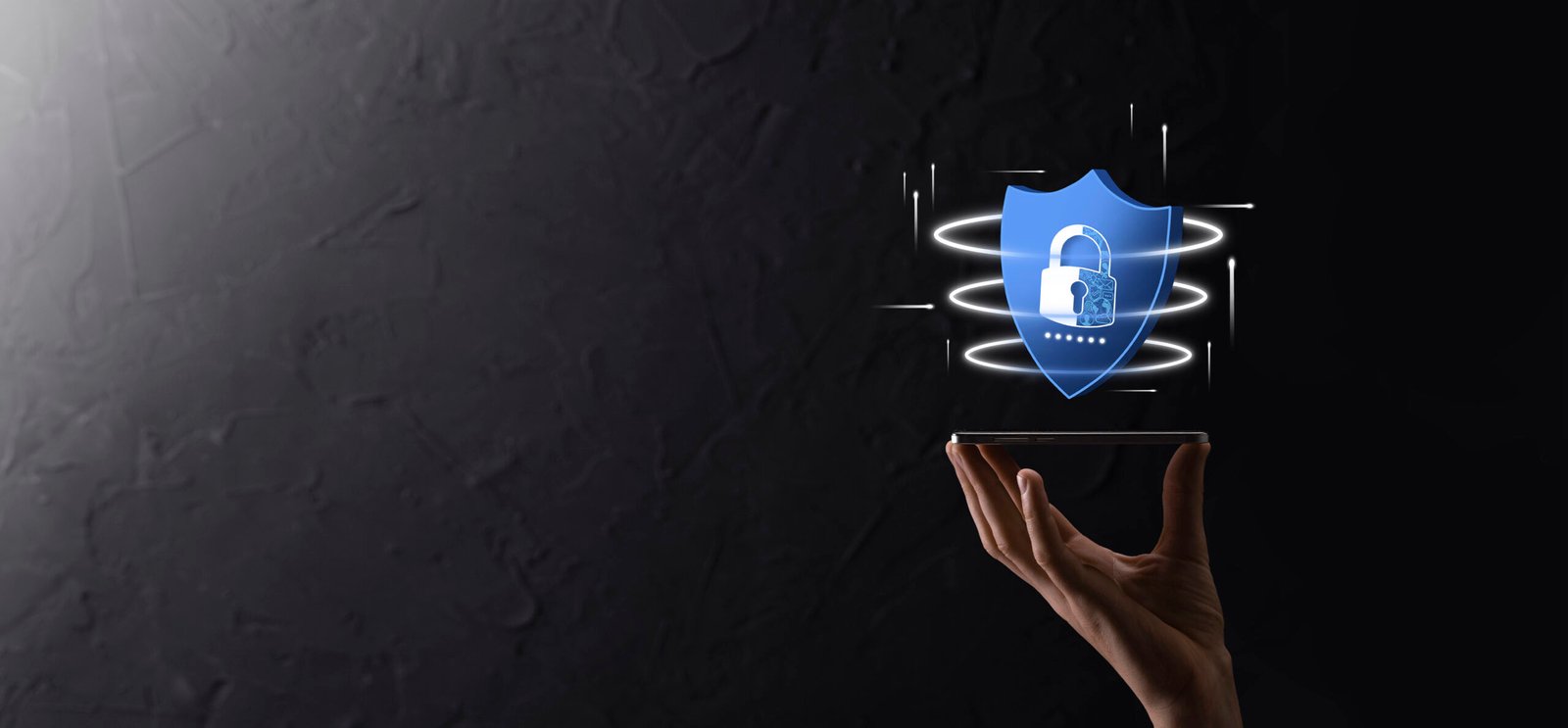
5. Cybersecurity Automation
As cyber threats become more frequent and complex, cybersecurity automation will play an increasingly vital role in defending organizations against attacks. Automation helps minimize human error, speeds up response times, and enhances the efficiency of security operations.
Why Cybersecurity Automation Will Reign Supreme in 2025
Cybersecurity automation is already having a dramatic impact within incident response, and it will continue to be even more crucial in 2025. Here’s why:
Quicker Threat Identification and Response: Automation technology identifies and responds to cyber threats far quicker than a human analyst. For instance, automated processes are able to instantly quarantine an infected system or stop an attack before it is able to do much harm.
Minimizing Human Error: Manual processes can be error-prone, particularly when working with high levels of data or addressing sophisticated security incidents. Through automating repeat jobs such as patch management, log analysis, and threat hunting, organizations minimize the potential of human error.
Incident Management: Automation will facilitate incident management by ensuring each action is followed through on upon attack. This will cover incident tracking, response activities, and post-incident reviews, improving efficiency and avoiding gaps in handling things.
Cybersecurity automation by 2025 will become the standard for the majority of security operations and enable organizations to stay ahead in keeping their networks and systems safe.

Conclusion
The Top 5 New Cybersecurity Trends to Conquer in 2025 identify the increasing demand for emerging technologies and approaches to safeguard organizations against increasingly complex cyber attacks. From threat detection powered by AI and machine learning to Zero Trust Architecture, quantum-proof cryptography, 5G security, and cybersecurity automation, companies need to adopt these trends if they are to remain secure in a rapidly evolving digital environment.
Disclaimer
While every effort has been made to ensure the accuracy and reliability of the content, the authors and associated entities do not guarantee the completeness, accuracy, or timeliness of the information. The opinions in this blog are based on industry trends and projections current at the time of writing and are subject to change based on new developments in the cybersecurity space.
Readers are advised to validate any information before acting on it. The blog is not professional advice, and readers should seek the advice of a competent cybersecurity expert or professional prior to making any security decision or taking any solution into action.
Recent Posts
Categories
- Cyber Security
- Security Operations Center
- Cloud Security
- Case Study
- Technology Trends
Vulnerability Assessment & Penetration Testing (VAPT)
Buy our VAPT services to identify vulnerabilities, simulate real-world attacks, and strengthen your systems against cyber threats effectively.
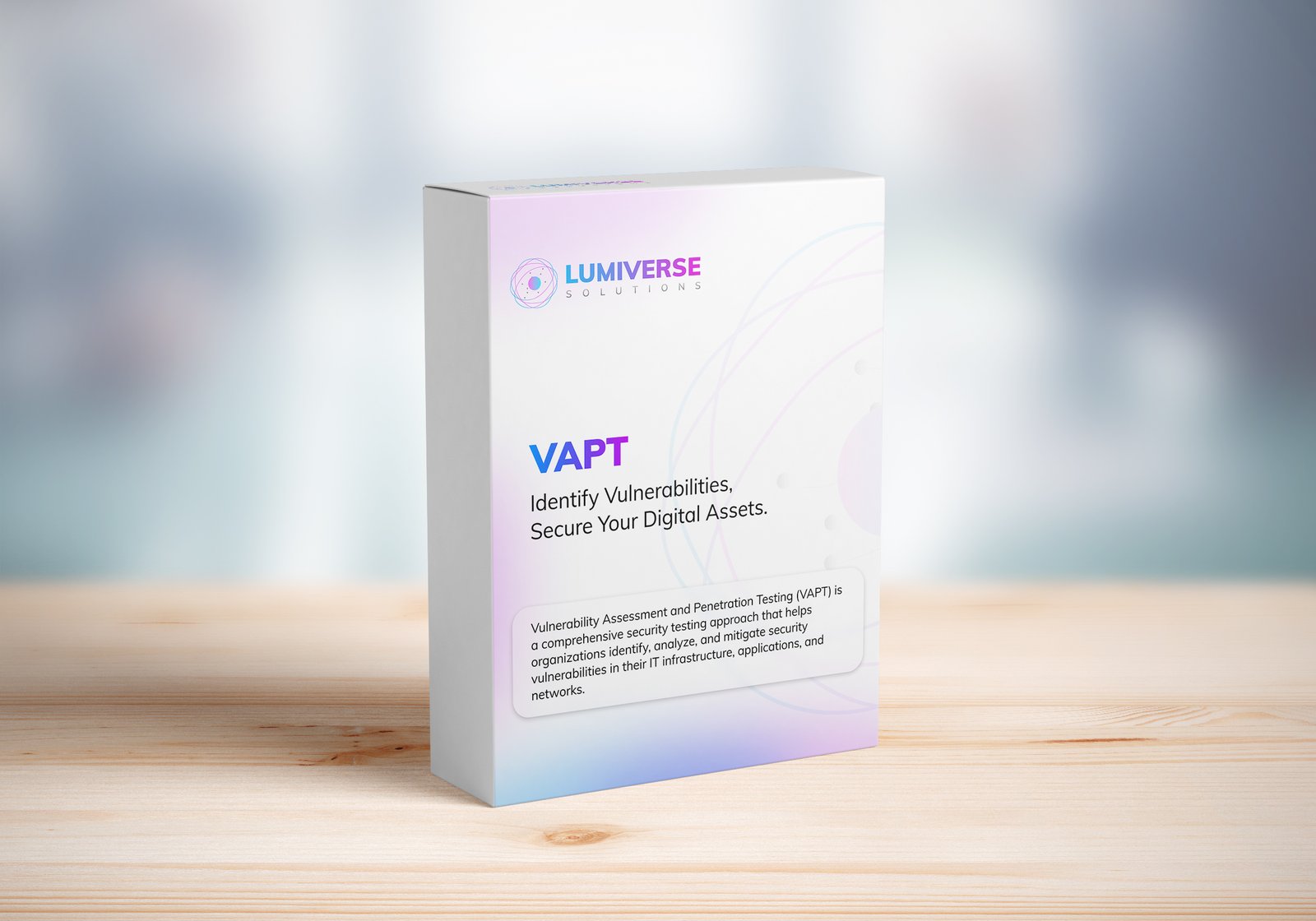
iso compliance service
Buy our ISO Compliance services to streamline processes, ensure security, meet global standards, and maintain industry certifications with ease.
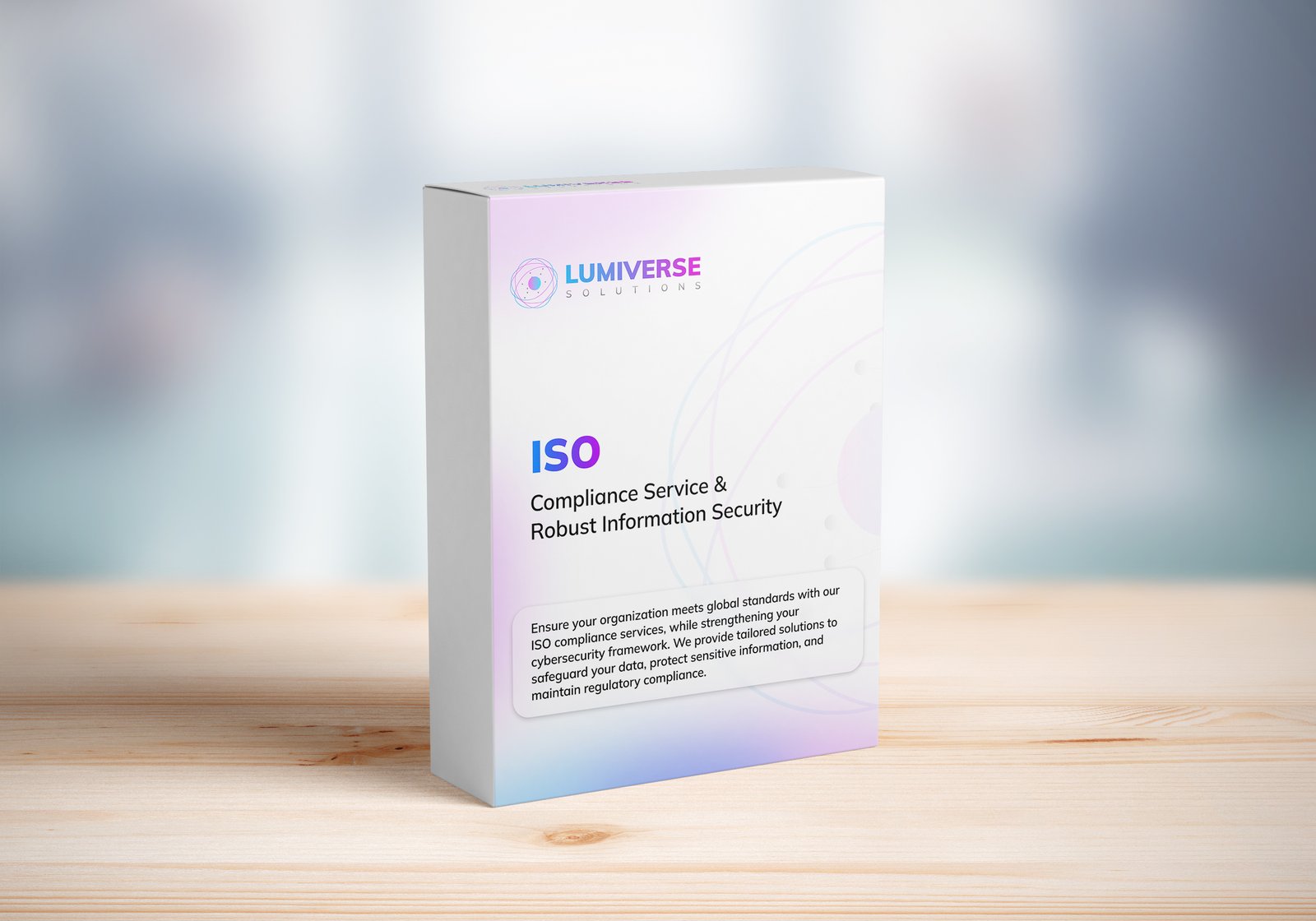
SOC 2 Compliance Audit
Ensure your business meets security, privacy, and compliance standards with our SOC 2 Compliance Audit services. Protect data, build trust, and stay secure. Buy our services today!
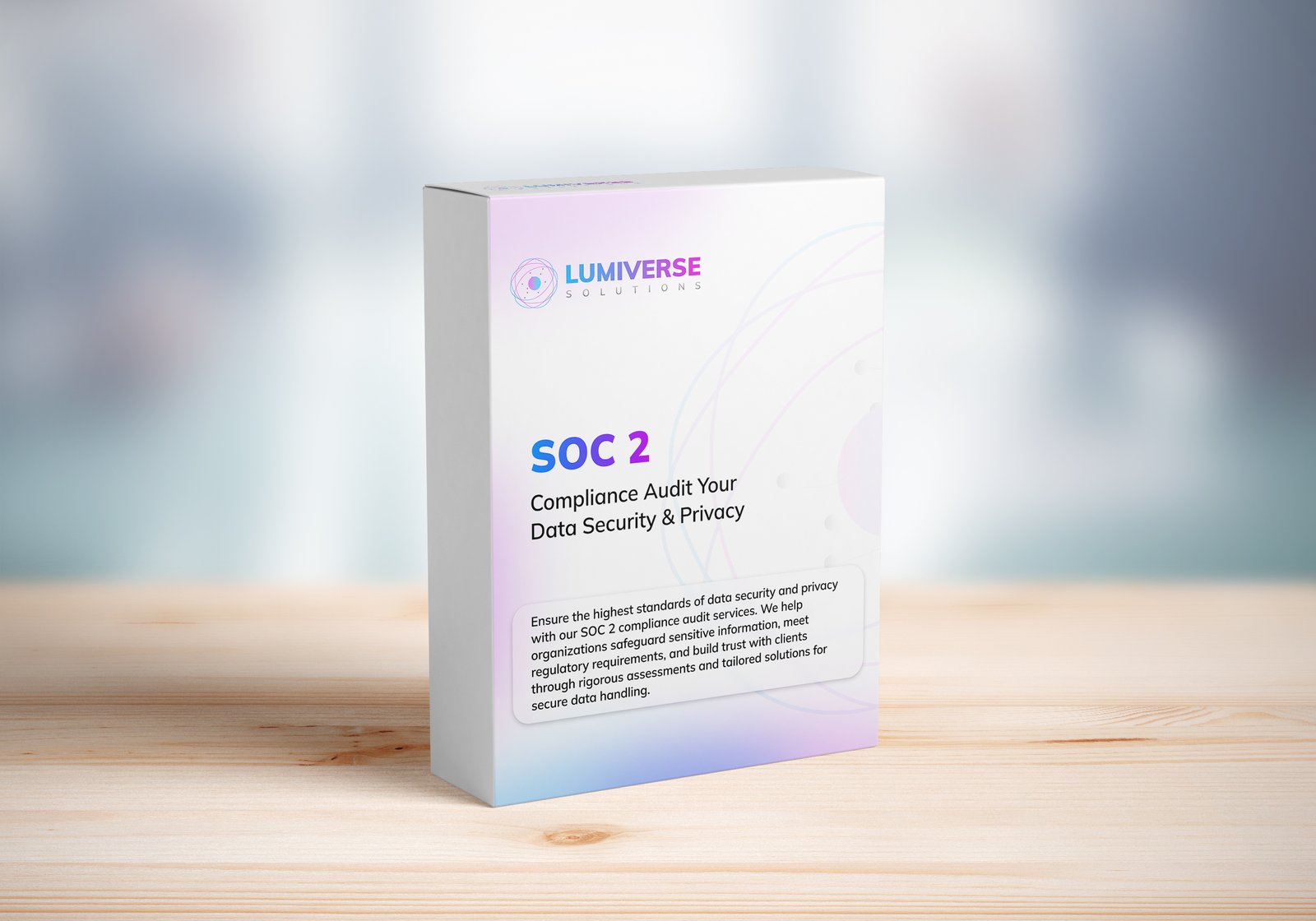
GDPR Compliance Audit Services
Ensure your organization meets GDPR standards with our expert compliance audit services. Protect data, avoid penalties, and enhance privacy practices. Buy our services today to stay secure and compliant!
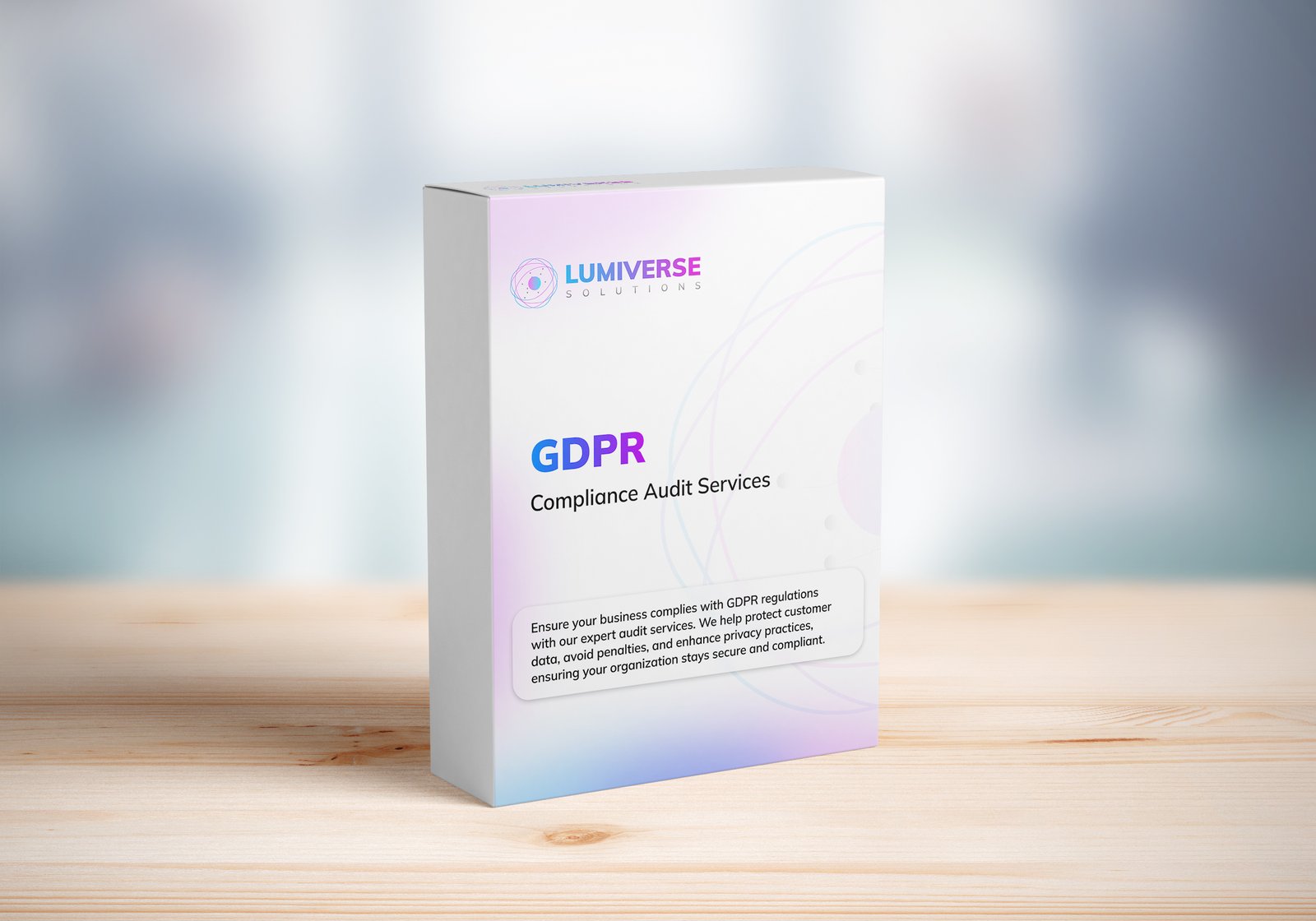
Subscribe to our Research
Enter your email address to subscribe to Lumiverse Research and receive notifications of new posts by email.
Tell Us Your Opinion
We value your perspective! Share your thoughts, feedback, or questions below. Your opinion matters and helps create a richer, more engaging conversation. Let’s connect and hear what you think about this post!

